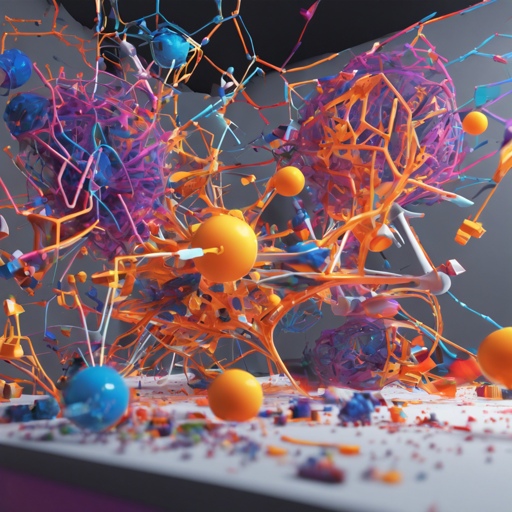BlenderNeRF is a powerful tool designed for VFX artists, researchers, and graphics enthusiasts alike. It simplifies the process of creating synthetic Neural Radiance Fields (NeRF) and Gaussian Splatting datasets directly within Blender. With just a single click, you can obtain renders and camera parameters, giving you full control over your 3D scene and camera. Let’s dive into this fascinating world and learn how to set up and utilize BlenderNeRF effectively!
Understanding Neural Radiance Fields (NeRF)
Neural Radiance Fields (NeRF) are algorithms that turn 2D images and their camera information into a 3D representation of a scene. Picture a skilled sculptor who uses pictures of a statue from different angles to carve it in 3D. Each image provides a slice of information that, when combined, allows the sculpture to come to life in three dimensions.
Similarly, Gaussian Splatting enhances this process by rendering volumetric representations in a more optimized way, utilizing GPU power for high frame rates. This process is akin to having a powerful 3D printer that produces detailed layers quickly, making it easier to visualize and analyze scenes at a rapid pace.
Installation Steps
- Download the BlenderNeRF repository as a ZIP file.
- Open Blender (version 4.0.0 or above).
- Go to Edit > Preferences > Add-ons, and select Install From Disk from the dropdown.
- Select the downloaded ZIP file.
Although you can find release versions of BlenderNeRF, it’s often best to download the latest repository to ensure you have all minor updates and bug fixes.
Utilizing BlenderNeRF Methods
BlenderNeRF includes three methods to create training and testing data, all incorporated into a single ZIP archive:
- Subset of Frames (SOF): This method helps to extract every N frames from a camera animation for training, allowing the NeRF model to interpolate large animations easily.
- Train and Test Cameras (TTC): You can train your model using data from one camera and test it using data from another.
- Camera on Sphere (COS): This method generates training frames by sampling random views aimed at the center from a controlled spherical setup.
How to Use the Methods
The add-on properties panel can be found under the 3D View (press N to access the N panel). All three methods share similar settings for flexibility:
- Train: Activate to register training data.
- Test: Activate to register testing data.
- AABB: Set a scale parameter (default is 4).
- Render Frames: Automatically render the selected frames.
- Save Log File: Optional, to save reproducibility logs.
- File Format: Select the desired format for exporting.
- Gaussian Points: Optional, to export a points3d.ply file for Gaussian Splatting.
- Save Path: Specify the output directory.
Troubleshooting Common Issues
If you encounter any troubles during your experience with BlenderNeRF, don’t fret! Here are a few key troubleshooting tips:
- Ensure that you’re using Blender 4.0.0 or higher; older versions may lack compatibility.
- If certain functionalities aren’t working as intended, double-check your installation steps to confirm that the add-on is properly installed.
- Refer to the official GitHub page for updates or patches if you face bugs.
- For advanced help, explore the NVIDIA Instant NGP documentation.
- If you need personalized assistance, consider visiting fxis.ai for AI development projects and insights.
Final Thoughts
At fxis.ai, we believe that such advancements are crucial for the future of AI, as they enable more comprehensive and effective solutions. Our team is continually exploring new methodologies to push the envelope in artificial intelligence, ensuring that our clients benefit from the latest technological innovations.
Ready to dive in? Grab your Blender and start understanding the magic behind NeRF today!

